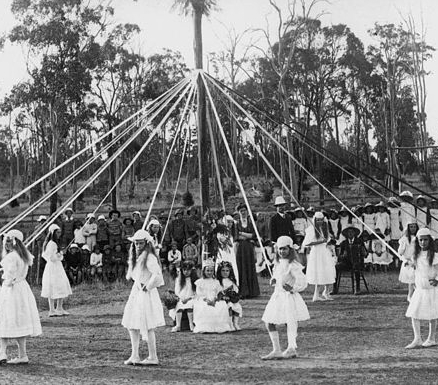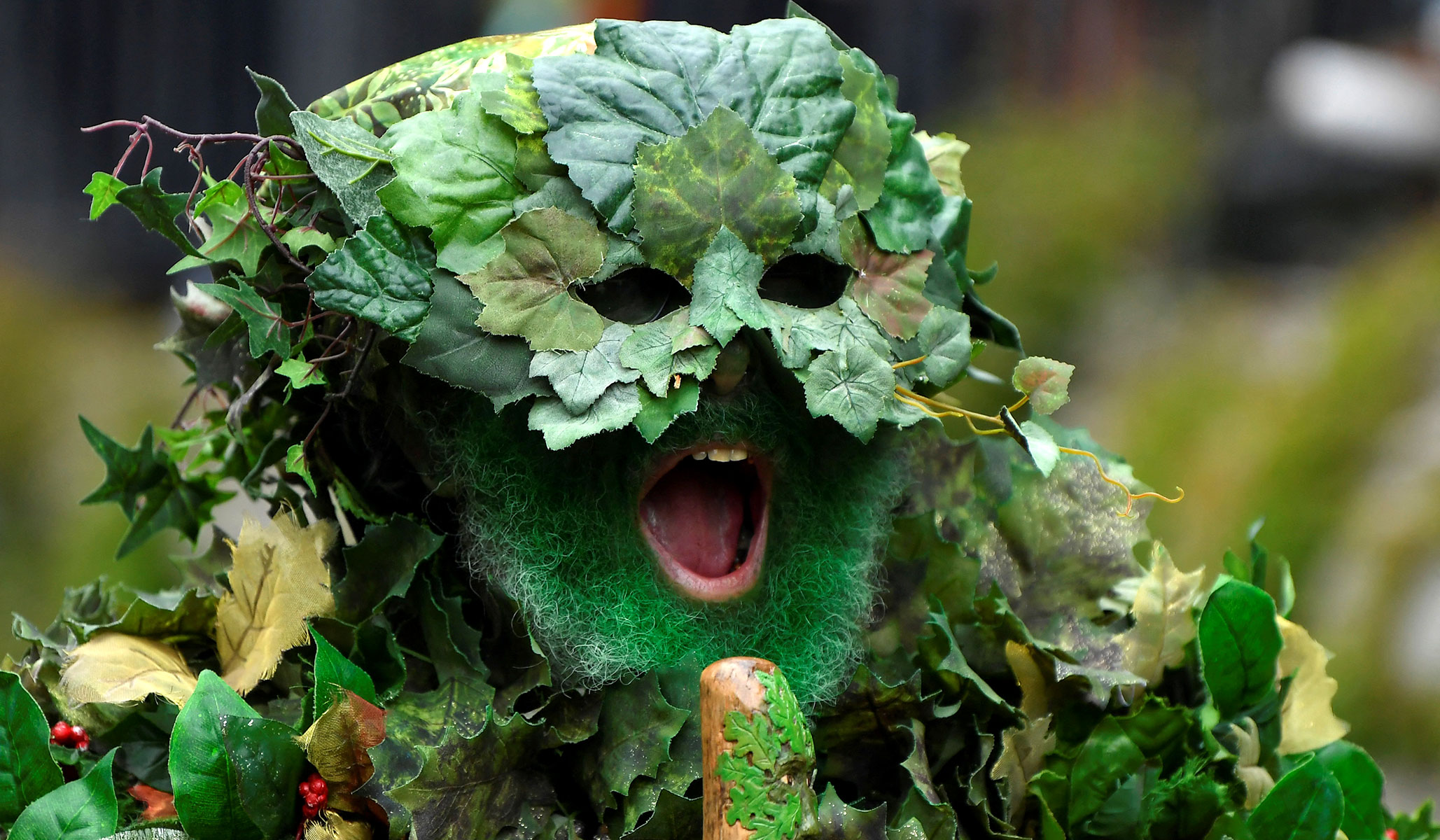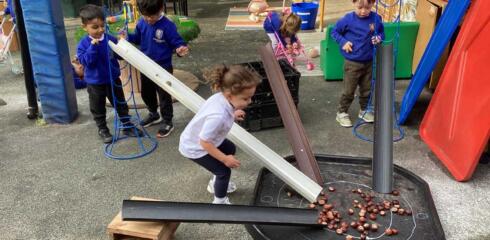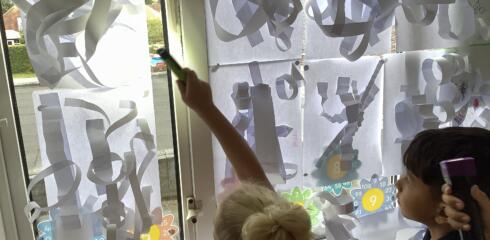The Maypole makes an early appearance
Year 1 have been learning some festive dances around the maypole. Atwood has a proud tradition of Maypole dancing and the children enjoy this historic activity. So that the children can learn a range of dances, the maypole makes its appearance in April and is finally packed away in June after the Summer Fair.
Many of us wonder what the origins of the maypole are. The spring weather and maypole celebrations are associated with fertility. The pole is a masculine symbol and the flowers and ribbons used for decorating the maypole during the maypole dance are feminine symbols.

Maypole dancing is thought to be over 2000 years old, and so it is right and proper to keep this British tradition alive. Some children asked me why we have a Bank Holiday for the 1st May. I explained to them that 1st May was traditionally seen as the start of spring, especially for our pagan ancestors. This festival was known as Beltane, and celebrates the fertility of the new season.
The month May gets its name from the Latin Maius, probably referring to the goddess Maia. She embodied the concept of growth, both in nature and in business.

In May, the ancient Romans celebrated Floralia, a festival for fertility. Floralia lasted from April 27 to May 3 and included theatre plays, dancing, and banquets.
For these reasons, the tradition of celebrating May Day has persisted within the culture of Britain. You may well see Morris Dancing, Jacks in the Green and all sorts of merriment over the weekend!.


Mr Veale
















